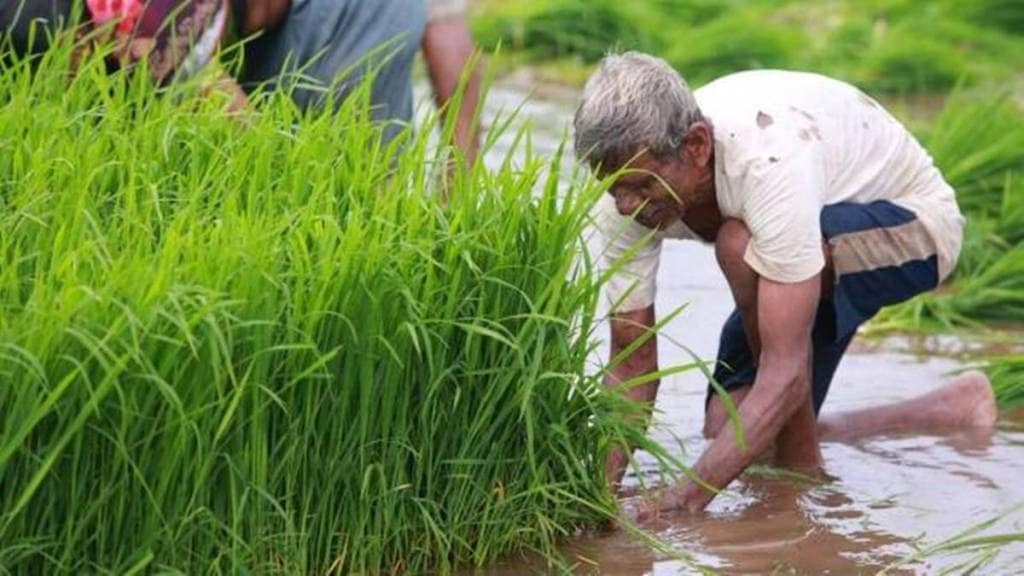India has experienced a remarkable increase in monsoon rains this season, has received 8% more downpours in comparison to the long-term average. As per India Meteorological Department’s (IMD) data the country has witnessed 934.8 mm of rainfall and 108% of the long-period average (LPA). This season records the highest rainfall since 2020 and ensures a promising outlook for the agriculture sector.
Strong rainfall boosts Rabi and Kharif crops
The IMD has forecast a strong monsoon season, predicting rainfall at 106% of the LPA and the rainfall has delivered as per expectation. An above-average shower has helped in the sowing of the Kharif crop which has been too good for this season. In comparison to last year, farmers have planted crops more than 1,108.57 lakh hectares, which marks 1.9 % above from previous year. This year the normal area of 1,096 lakh hectares has also exceeded last year. In terms of sowing, crops such as sugarcane, pulses, oilseeds, millets, and paddy have also marked an increase.
Rainfall distribution across India
The rainfall distribution was different in India, with Southern India and Central India recorded to witness maximum rain at 114% and 119% of the LPA. Regions like Jammu & Kashmir, Arunachal Pradesh, and Punjab didn’t get much rainfall whereas northern and northeast regions got 107% and 86% LPA. The monsoon commenced in June with an average intensity and later increased in July, August, and September. As per data, these months saw rainfall levels exceeding 109%, 115% to 112% of the LPA. The monsoon was able to cover the country entirely by the start of July because of its timely onset. However, the retreating of the monsoon occurred on 23 September, six days later than usual.
Government’s export policies
The government has lifted the restrictions on rice exports because of favourable monsoon conditions. The minimum export price of basmati rice has been withdrawn and the export duty on the parboiled rice has been slashed by half. The decision has been taken by the government to maintain a balance between international demand and domestic supply. The excessive rains have damaged crops in areas like Bundelkhand but the overall agricultural outlook remains positive. Due to the increase in moisture of the soil, rabi sowing is likely to benefit.
(With inputs from ANI)


